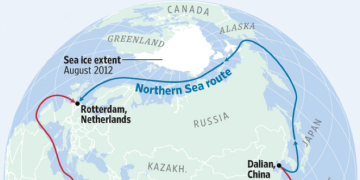Aggregate Market Capitalisation to GDP Buffet ratio as it is famously called measures the extent to which stock markets may be overvalued or undervalued. The ratio is simply the aggregate of market capitalisation of all the listed entities in a country divided by the nominal GDP of that country. In simple sense, if the stock market is growing excessively faster than the country (measured by its GDP) it is overvalued and vice versa.
Going by this ratio, different countries in the world have different moments of overvaluation. Japan in 1997-90, Singapore in 1993-94 and again in 2006-07, China and India in 2007, UK in 2007 and 2014.
Going by historical averages, stock markets of several countries are now in the overvalued zone. Overvaluation / undervaluation can be measured either by using standard deviation from historical average market capitalisation to GDP. The other measure could be a simplistic above 100% meaning over-valuation and below 100% being under valuation.
Going by standard deviation, Japan appears to be in the very highly over-valued zone while several countries like the USA, France, Germany and South Korea are in the highly over-valued zone.
| Standard Deviation |
What does it indicate? |
Countries in the zone |
| Average to 1 Stdev |
Overvalued |
India, Canada. Indonesia |
| 1 Stdev – 2 Stdev |
Highly Overvalued |
USA, France, Germany, South Korea |
| Over 2 stdev |
Very highly overvalued |
Japan |
| Around the Average |
Fairly Valued |
China, UK, Philippines |
| Average minus 1 Stdev |
Under valued |
Singapore |
Using a…


























































